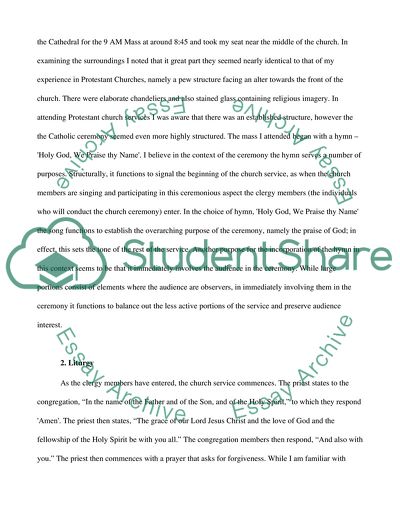Cite this document
(Visit to a Catholic Church: Saint Mel Parish Essay, n.d.)
Visit to a Catholic Church: Saint Mel Parish Essay. Retrieved from https://studentshare.org/religion-and-theology/1745528-visit-to-a-catholic-church
Visit to a Catholic Church: Saint Mel Parish Essay. Retrieved from https://studentshare.org/religion-and-theology/1745528-visit-to-a-catholic-church
(Visit to a Catholic Church: Saint Mel Parish Essay)
Visit to a Catholic Church: Saint Mel Parish Essay. https://studentshare.org/religion-and-theology/1745528-visit-to-a-catholic-church.
Visit to a Catholic Church: Saint Mel Parish Essay. https://studentshare.org/religion-and-theology/1745528-visit-to-a-catholic-church.
“Visit to a Catholic Church: Saint Mel Parish Essay”, n.d. https://studentshare.org/religion-and-theology/1745528-visit-to-a-catholic-church.


